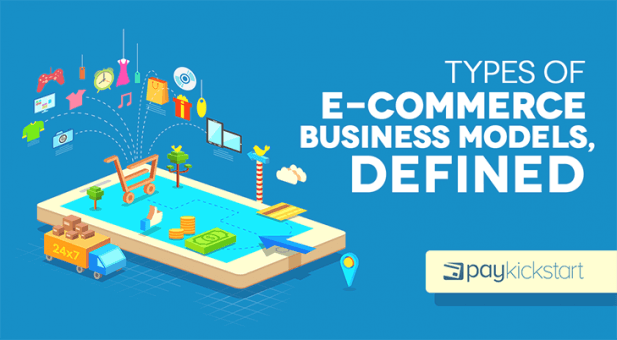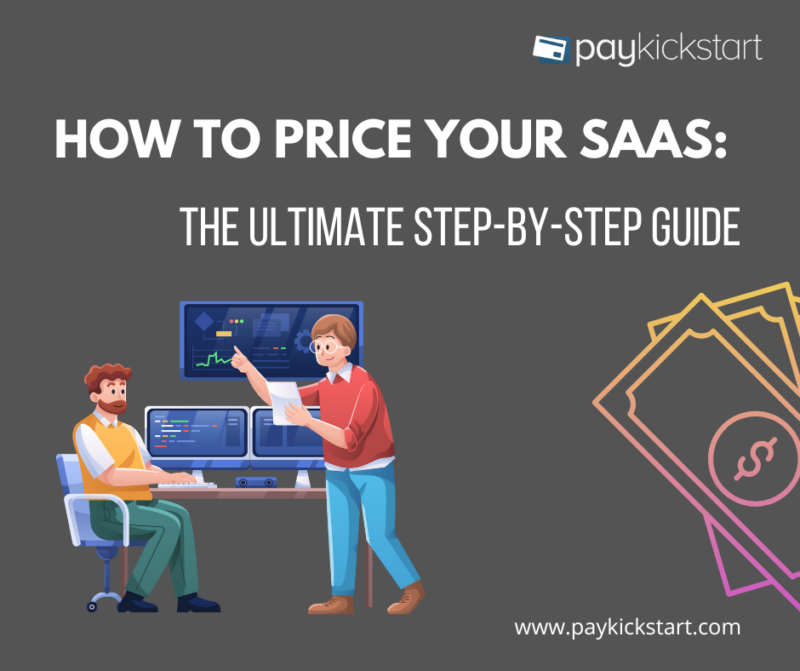Subscription growth hack (by PayKickstart)
Facebook Group - 3,932 members
Visit Group
Ecommerce is already one of the largest and also fastest growing industries in the world. In fact, ecommerce sales accounted for $1.8 trillion dollars in revenue in 2018 and are projected to rise to nearly $4.9 trillion in 2021. That’ll be good for roughly 17.5 percent of total retail sales!

A lot of people think of Amazon and other business-to-consumer companies when they think of ecommerce. However, the ecommerce industry is far more diverse, and while the business-to-consumer (B2C) segment is important, it’s far from the only model. Business-to-business, consumer-to-consumer, and various other business models are becoming increasingly disruptive.
Let’s take a look at some of the many different models and examples for each.
The Business-to-Business (B2B) ecommerce market has grown substantially in recent years. B2B refers to business conducted between companies. Consider that many companies rely on Amazon Web Services for a variety of things, including hosting. For example, Netflix actually uses AWS to handle its streaming services.
PayKickstart is another B2B ecommerce provider. We provide a shopping cart solution that is used by countless ecommerce websites, who in turn sell products and services to customers and other companies around the world.
Forrester Research estimates that American B2B commerce will reach $1.8 trillion by 2021. In 2018, the B2B segment accounted for $1.1 trillion dollars in sales alone, representing 12 percent of B2B sales in the US. In the years ahead, more companies will be conducting business among themselves through the web.
B2C refers to transactions between companies and end users. When you order a book from Amazon, you’re conducting a B2C transaction. While Amazon is the biggest name in the game, there are thousands of other ecommerce stores online. In fact, there are an estimate X B2C ecommerce stores globally.
These days, just about everyone is shopping online. In fact, 76 percent of Americans report having made a purchase online, and over 40 percent make at least one purchase a month. Keep in mind, this data is probably being weighed down by the elderly, who are less connected to the World Wide Web.
The Consumer-to-Consumer market has enabled consumers around the world to sell directly to one another. When you take the old goods piling up in your garage and sell them on eBay or a similar platform, you’re engaging in C2C transactions.
As they say, one person’s trash is another’s treasure. C2C has helped people monetize their “junk” and it’s now easy to buy second-hand goods. This is great for consumers and the environment as old products get a second life.
Monetize your junk and put some money in your pocket!
C2C also makes it easy for people to rent out things they aren’t using at the moment. Consider Airbnb. Customers can now skip expensive hotels and stay in spare bedrooms or uninhabited homes. In the first ten years of its existence, AirBnB generated an estimated $41 billion for its hosts and supported 300 million plus guest check-ins.
C2B turns the selling process on its head. Instead of businesses selling to consumers, consumers can sell to businesses. When a company buys content services from a freelance writer, for example, they are engaging in a C2B transaction.
There are a variety of platforms, such as Upwork, that make C2B transactions easy. This, in turn, is shaking up the job market and larger economy, having given rise to the so-called “gig” economy.
Business-to-Administration (B2A) refers to transactions between companies and public administration, such as the federal government. Governments are increasingly turning to the web to buy products and services.
These days, many governments are web-enabled, relying on online service providers to source everything from legal services to buying goods in bulk. While governments have often adapted more slowly to the Internet, that’s starting to change.
With Consumer-to-Administration (C2A), consumers can engage in transactions directly with governments. This might include providing services, such as website design. However, it can also refer to providing the government with information, money, or whatever else.
Many people have engaged in C2A transactions. One of the most common C2A transactions is submitting payments. This might mean vehicle registration fees or paying your taxes online. C2A has made consumer-government interactions far more convenient.
Could the government be your next customer?
Many believe that C2A and B2A will help improve government efficiency and transparency. For example, when the government needs a service provider, it can now reach out to a larger number of potential companies and contractors. The government can also publish bid data and other things to increase transparency.
The Internet has dramatically reshaped human society. It’s not just about conducting business either. How we interact with one another has dramatically changed since the rise of the World Wide Web.
Many people now interact with their friends through social media. Tinder and other online dating services have helped countless people meet. Duolingo and other similar apps are spreading languages across the globe.
And, of course, ecommerce has dramatically reshaped the economy. Some analysts believe we’ll eventually reach a “flat line”, that ecommerce will capture a certain share of the market, say 25 percent, and growth will stop. This outlook is fueled by the belief that certain transactions can’t be conducted online.
These analysts may turn out to be correct. However, assumptions can be dangerous. Consider automobile sales. For generations, automakers have relied on local dealers and showrooms to sell cars. Now, Tesla is doing away with most of its showrooms, instead encouraging customers to simply buy their cars online.
Likewise, Amazon and other companies have been laboring to disrupt the grocery market. Traditionally, people would head to the local store to buy food. Now, in many places, you can order your groceries online and have them delivered to your door.
Either way, the ecommerce industry will continue to evolve in the years. The impact felt in the next ten years could easily rival the many changes we’ve seen over the past decade.
Michael Harbone is an experienced copywriter, writing professionally since 2017. He has written for multiple digital marketing companies gaining the reputation for writing engaging, concise articles one which received an award from Upcity.
Read More About Michael Harbone